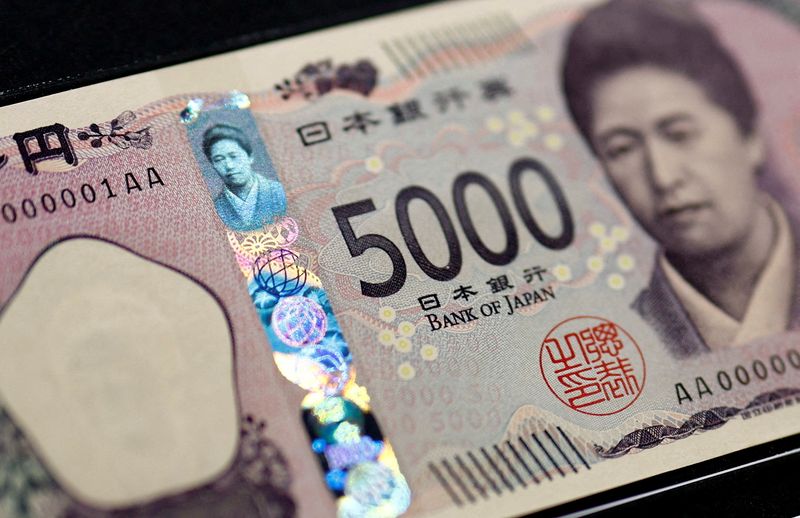Explainer-Why has Japan not intervened yet to support yen?
2024.07.11 00:59
SINGAPORE/TOKYO (Reuters) – The yen has been sliding to fresh 38-year lows day by day, with market participants on alert for Japanese authorities to step in again, as they did in March, to defend the currency.
But a few factors might explain their restraint.
THE BOJ IS SLOWLY RAISING RATES
Massive interest rate differentials between the U.S. and Japan have been weighing the yen down, putting monetary policy at the centre of the currency’s woes.
With the Federal Reserve signalling it is close to cutting rates and the Bank of Japan intent on slowly raising its rates from near zero this year, the wide 5 percentage point spread between dollar and yen interest rates should shrink eventually, helping arrest if not reverse the yen’s depreciation.
Any respite for the yen could be limited, however, as rate hikes in Japan are expected to be small and delivered at a gradual pace. The BOJ wants to support economic growth underpinned by solid gains in wages and sustainable inflation.
THE CARRY TRADE
Slow monetary tightening will help cement the yen’s popularity for ‘carry’ trades – where a currency with low interest rates is borrowed to invest in a currency with higher yields.
Yen-funded carry trades in U.S. Treasuries, for example, yield nearly 6% – a mighty incentive for market participants that is hard for Japan to counter.
Net short speculative positions in yen are at a 17-year high of 184,223 contracts, data from the Commodity Futures Trading Commission shows.
An inverted U.S. yield curve has also fuelled dollar investments into Japanese bonds and that carry trade could also unwind when the Fed raises rates.
KING DOLLAR
The flipside of the yen’s weakness is the dollar’s stubborn strength on the back of a robust U.S. economy.
Nary a week goes by without the release of blockbuster figures for U.S. jobs or inflation casting a long shadow over markets. The ever-present risk of a surprise sending the dollar higher is an uncomfortable environment for currency intervention.
MUTED POLITICAL IMPERATIVE
Although the weak yen remains deeply unpopular with the Japanese public – featuring regularly as a topic on TV news shows and newspaper front pages – the pain it induces may be blunted somewhat by record highs for local stocks and the fastest wage growth in 33 years.
It’s also harder to find the sort of anger that in late 2022 triggered Japan’s first dollar-selling intervention since 1998. Instead, it has been largely replaced with a grudging acceptance that a super soft currency is part of the country’s current reality.
Additionally, Tokyo wouldn’t make another massive foray into the market without getting the nod from Washington first. This is particularly true after getting put back on the Treasury’s watchlist for potential currency manipulators.
That said, the domestic impetus to act may rise as the ruling party’s internal leadership election approaches in September.
MIGHT NOT BE WORTH IT

While markets know Japan has the firepower to move again – foreign reserves stand at a whopping $1.23 trillion – two interventions since September including the $62 billion-odd outlay for the latest March round of dollar selling – have had little impact.
Finance ministry officials have been repeating warnings that they stand ready to act and, for now, the jawboning has kept yen movements relatively small, slow and steady.








